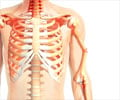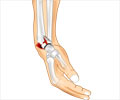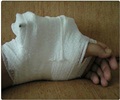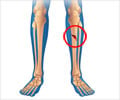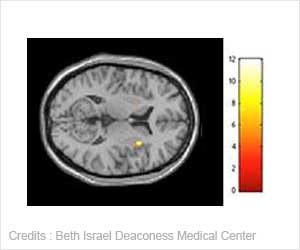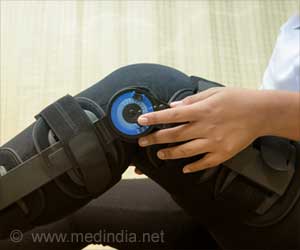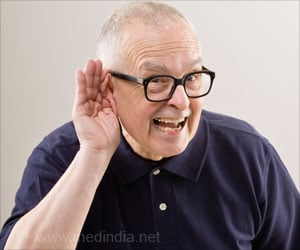Compression fractures in the spine due to osteoporosis, a common condition causing progressive bone loss and increased fracture risk are common in older women.
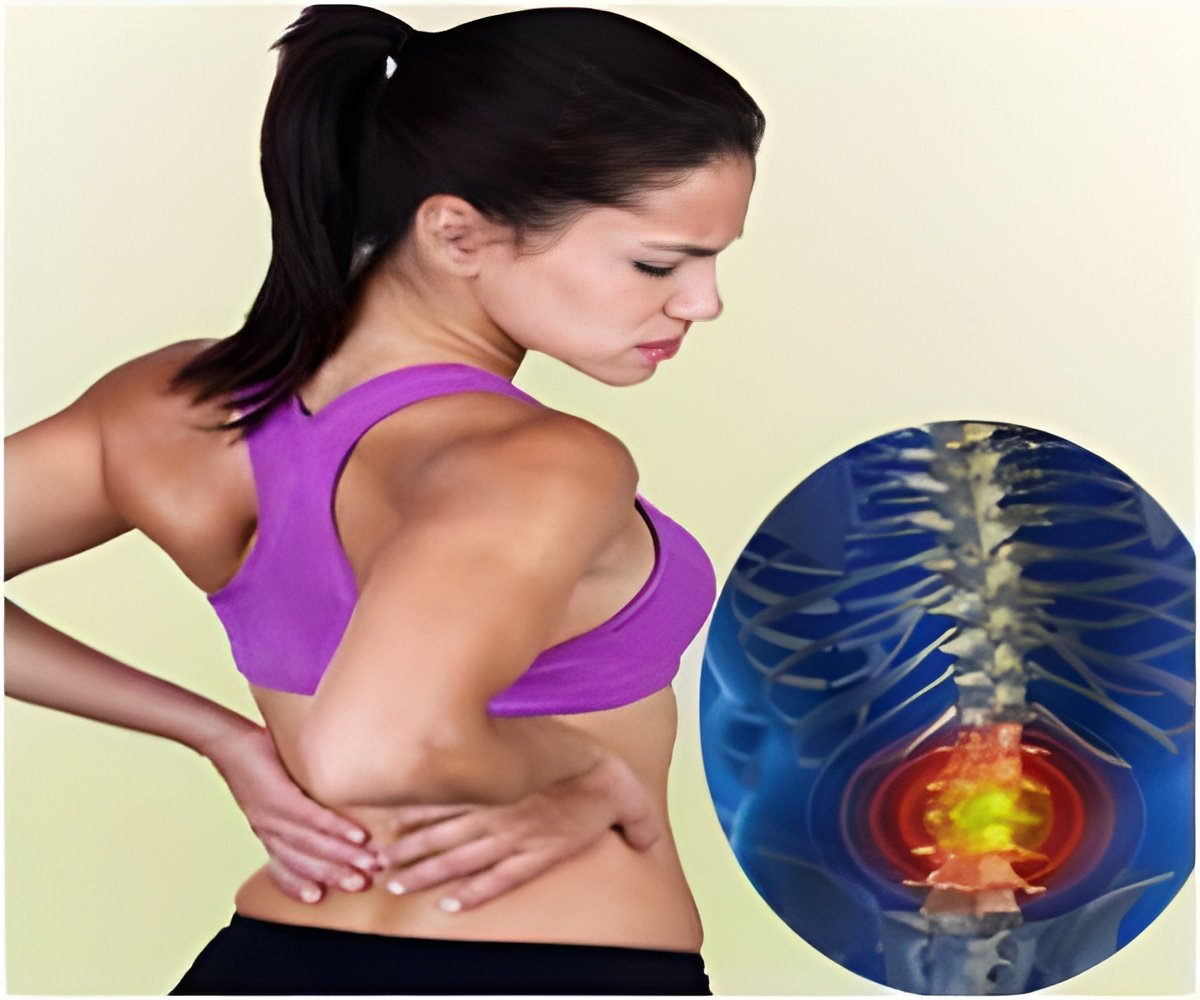
These fractures, which for the most part are stable fractures occurring on the front or anterior of the spine, are nearly twice as common as other fractures typically linked to osteoporosis such as broken hips and wrists. Women are at greater risk with more than 30 percent age 70 or older suffering at least one osteoporosis-related spinal fracture.
Many patients with these fractures are instructed to wear a soft or rigid brace to stabilize the spine with the intent of reducing pain and preventing further deterioration and collapse of the fracture site. However, patients often find the braces uncomfortable, and as a result, do not wear the braces consistently. In addition, prolonged use may result in muscular atrophy (muscle deterioration due to lack of use), deconditioning, skin irritation, as well as additional costs and delays in rehabilitation.
In a Korean study, 60 patients (age 65 and older) with acute osteoporotic compression fractures were randomly assigned within three days of injury to wear a soft brace, a rigid brace or no brace. Outcomes then were measured at 12 weeks using Oswestry Disability Index (ODI) scoring, a common method for determining levels of pain and mobility in orthopaedic patients.
The mean adjusted ODI scores in the no brace and soft brace groups were 35.95 and 37.83, respectively. Similarly, the mean adjusted ODI score in the no brace and rigid brace groups were 35.95 and 33.54, respectively.
In addition the overall ODI Visual Analog Pain Scale (VAS) scores that measure lower back pain and anterior (front) body compression ratios (the length of the spine) did not differ significantly among the groups after 12 weeks. The ODI and VAS scores for back pain significantly improved with time after the fractures, and the body compression ratios significantly decreased with time in all three groups.
"In addition to the cost and discomfort associated with braces, the findings in this study suggest that brace treatment for osteoporotic compression fractures may not provide any additional improvement in fracture healing, mobility and pain," said Ho-Joong Kim, MD, PhD, orthopaedic surgeon and assistant professor, Seoul National University College of Medicine. "Moreover, the gradual deterioration in life quality, including mental and social wellbeing, associated with this condition reemphasizes the need for prevention of osteoporotic compression and other fractures," said Dr. Kim.
 MEDINDIA
MEDINDIA
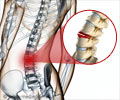
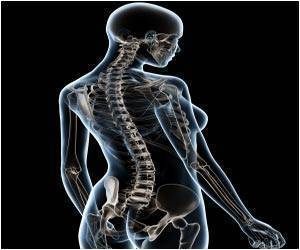

 Email
Email
